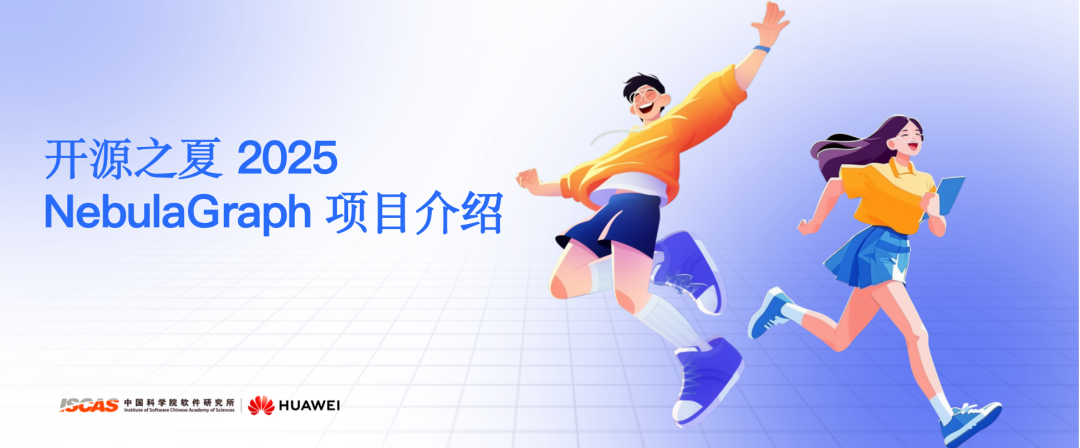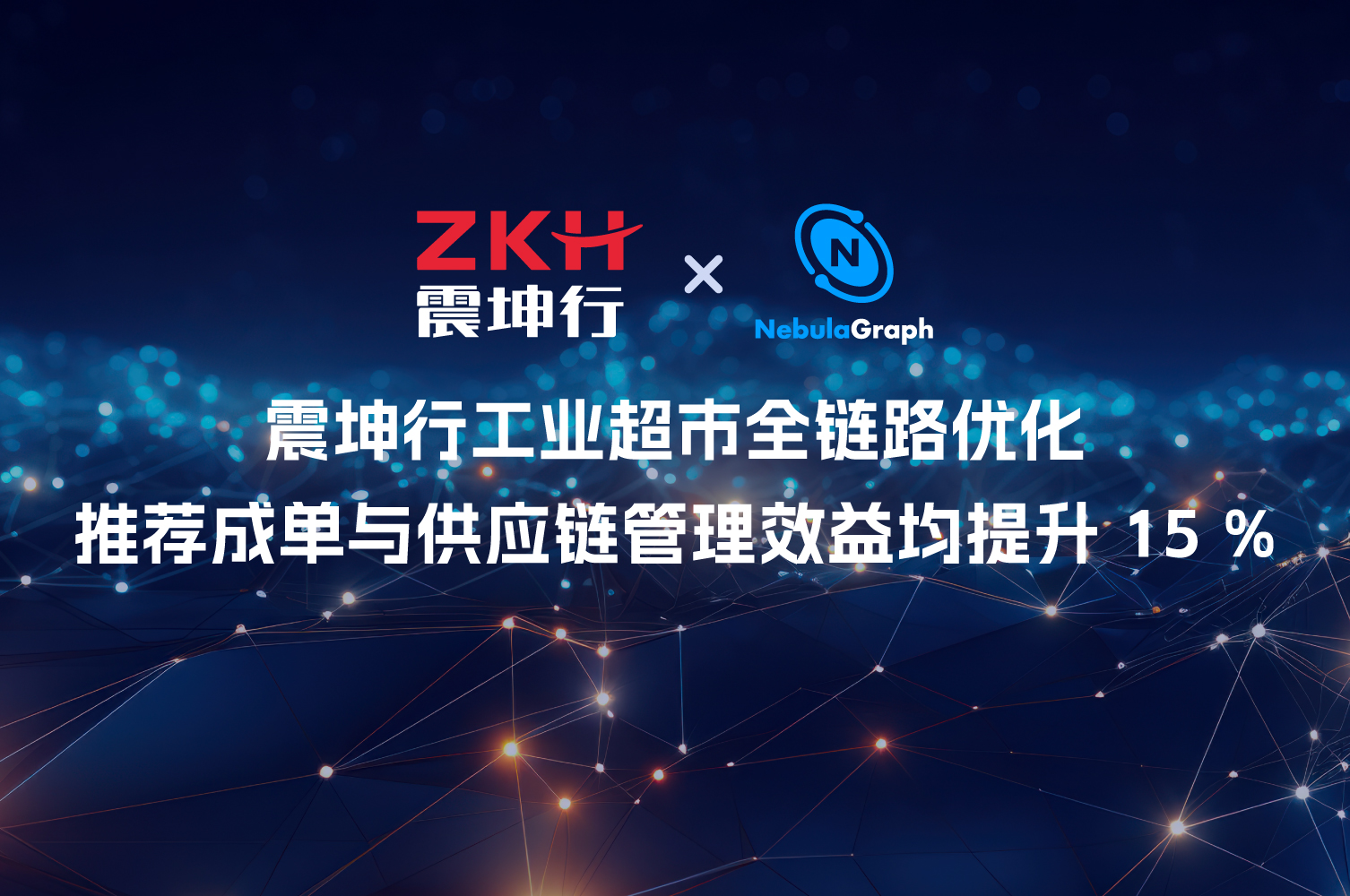技术分享
基于 NebulaGraph ,构建属于你的 Graph RAG
自 2023 年 8 月 NebulaGraph 和 LlamaIndex 共同推出 Graph RAG 以来,凭借着 LLM(大语言模型) 和 RAG(检索增强生成) 的发展势头,在业界掀起了一场革命。通过本文,我们将向你介绍什么是 Graph RAG,为什么它具有革命性,以及如何构建你的Graph RAG,来利用数据的上下文与 NebulaGraph 回答复杂的多部分问题。
了解日益流行的 Graph RAG
Graph RAG 能够将知识图谱与大语言模型(LLM)结合使用,从而为搜索引擎提供更全面的上下文理解。由于其带来了更具成本效益、更智能且精确的搜索结果,这项技术已引起了广泛的关注。除了提供更准确的回答以建立用户信任外,Graph RAG 还克服了传统搜索增强技术的主要障碍:缺乏上下文理解和数据训练。因此,这些先进的检索增强技术有望扩展到各个行业,如医疗诊断辅助、内容创作和推荐、互动游戏以及知识图谱构建。
微软在由高级首席数据架构师 Jonathan Larson 和首席项目经理 Steven Truitt 撰写的博客文章《GraphRAG: Unlocking LLM Discovery on Narrative Private Data》中强调了 Graph RAG 的重要性。他们通过将 Graph RAG 与基线 RAG 系统进行对比,展示了 Graph RAG 的有效性,得出结论认为 Graph RAG 方法使LLM能够在图谱中找到支点,从而提供包含原始支持文本的更优答案。而基线 RAG 在处理需要跨数据集汇总信息以形成答案的查询时则显得力不从心。 NebulaGraph 数据库已经集成了 LlamaIndex 和 LangChain 等大语言模型(LLM)框架 ;你只需专注于 LLM 编排逻辑和管道设计,无需担心复杂的实现。你可以通过简单的四个步骤进行试用,检查 Graph RAG 是否如传言般出色,然后再进一步将其集成到应用程序或其他场景中。
注意:
由于 LlamaIndex 的快速发展,最近的重构/重大变更导致一些 Graph RAG 教程无法运行。本文提供了更新后的 Graph RAG 教程,以便你可以无误地进行操作。
我们在上游发布之前已经探索了许多内部方法。我们相信 LlamaIndex 中Graph + RAG 的基本概念值得探索,因此我们将原始的工作坊和笔记本放在参考章节中。
设置你的 NebulaGraph 集群
- 通过 Google Colab 中的 NebulaGraph Lite 启动 NebulaGraph 集群
- 使用 Docker 扩展部署集群
- 实例化一个 NebulaGraphStore
使用 NebulaGrpah 构建你的 Graph RAG
import os
from llama_index.core import KnowledgeGraphIndex, SimpleDirectoryReader
from llama_index.core import StorageContext
from llama_index.graph_stores.nebula import NebulaGraphStore
os.environ["NEBULA_USER"] = "root"
os.environ["NEBULA_PASSWORD"] = "nebula"
os.environ["NEBULA_ADDRESS"] = "127.0.0.1:9669"
space_name = "paul_graham_essay"
edge_types, rel_prop_names = ["relationship"], ["relationship"] # default, could be omit if create from an empty kg
tags = ["entity"] # default, could be omit if create from an empty kg
graph_store = NebulaGraphStore(
space_name=space_name,
edge_types=edge_types,
rel_prop_names=rel_prop_names,
tags=tags)
storage_context = StorageContext.from_defaults(graph_store=graph_store)
现在,随着你的 NebulaGraph 集群的设置,可以动手进行知识图谱构建部分。请确保在 Jupyter 环境中运行以下所有步骤。
依赖关系
Graph RAG 的实现需要以下依赖项:
pip install llama-index
pip install llama-index-llms-ollama
pip install llama-index-graph-stores-nebula
pip install ipython-ngql
pip install llama-index-embeddings-huggingface
创建 LlamaIndex 知识图谱索引
KnowledgeGraphIndex 可从非结构化文本中自动构建知识图谱,也可基于实体的查询。在创建图 RAG 查询引擎之前,你需要设置 LlamaIndex 知识图谱索引。在这个示例中,我们将演示如何通过创建文档对象来从文本数据构建知识图谱,然后再创建索引。
from llama_index.core import (
VectorStoreIndex,
SimpleDirectoryReader,
KnowledgeGraphIndex,
)
graph_store.query("SHOW HOSTS")
Settings.chunk_size = 512
documents = SimpleDirectoryReader(
"data"
).load_data()
kg_index = KnowledgeGraphIndex.from_documents(
documents,
storage_context=storage_context,
max_triplets_per_chunk=10,
space_name=space_name,
edge_types=edge_types,
rel_prop_names=rel_prop_names,
tags=tags,
max_knowledge_sequence=15,
)
创建一个朴素图 RAG 检索器
最后一步是创建 Graph RAG 检索器,在其基础上构建查询引擎,以便您可以使用自然语言问题进行查询。
from llama_index.core.query_engine import RetrieverQueryEngine
from llama_index.core.retrievers import KnowledgeGraphRAGRetriever
graph_rag_retriever = KnowledgeGraphRAGRetriever(
storage_context=storage_context,
verbose=True,
)
query_engine = RetrieverQueryEngine.from_args(
graph_rag_retriever,
)
response = query_engine.query("What's the relationship between Bob and Alice")
现在,您已经尝试了 Graph RAG,如果您想进一步了解如何通过 GraphStore 和 VectorStore 进行检索,您可以在此处找到更多演示示例:https://www.siwei.io/tutors/GraphRAG/101.html。
参考:
- https://bit.ly/graph-rag-workshop
- https://siwei.io/graph-enabled-llama-index/kg_and_vector_RAG.html
- https://siwei.io/demo-dumps/graph-rag/GraphRAG.html


